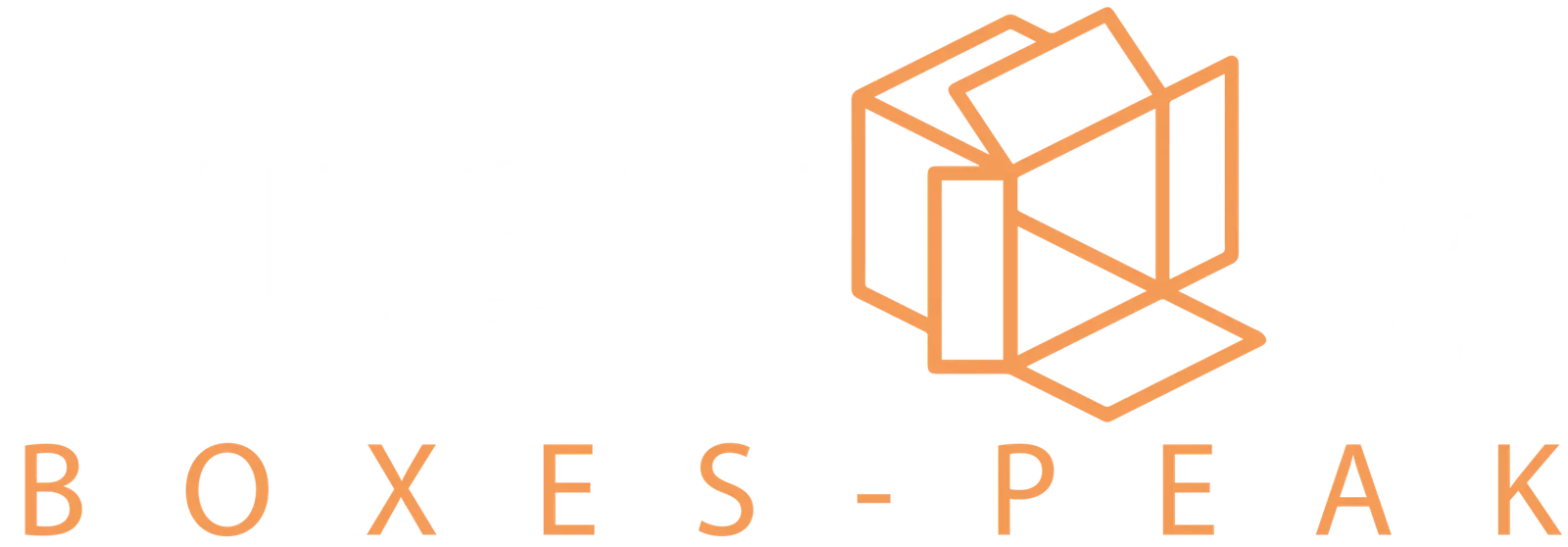for Your Brands
Our custom packaging is perfect for all types of industries and products.
Paper Bags On Wholesale
facilities that inspire and impress.
Rigid Material
Rigidity stands as a significant characteristic that defines the maintenance of shape and structure under various conditions. Typically, it determines how much a material can withstand without damage, with the maximum
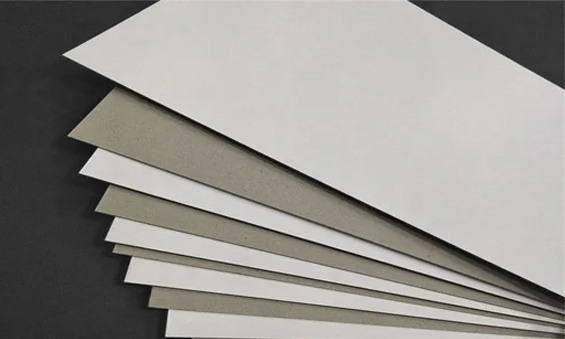
What is Greyboard?
Greyboard, also known as simply chipboard or grey chipboard, is a paperboard made from 100% recycled wood pulp. It is known for its strength and rigidity, which exceed the thickness of its callipers by 1mm to 4mm or more.
Regarding premium-quality printing and packaging, rigid stock materials like grey chipboard stand firm in providing durability and stability to a range of products. Its reliable integrity makes it a go-to choice for ensuring the robustness of packaging boxes, showcasing its importance in modern packaging and printing trends.
These grey chipboards are thicker than a sheet of paper fibres (referred to as cardboard) that are bonded together with adhesives. However, it does not have corrugated layers, which means it is not hollow. The result is a dense and rigid board that is mainly grey, although, with certain additives, it varies in colour.
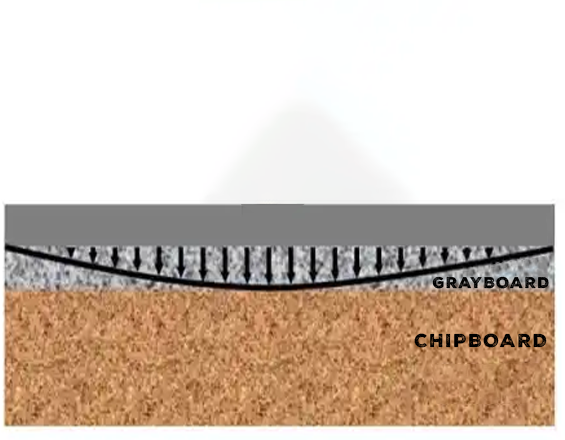
Composition
This rigid material comprises wood fibres or chips mixed with synthetic resin, forming a thick board or sheet when heated and pressurized. Due to this process, these grey chipboards become sturdy enough to withstand high impacts.
Moreover, its stiffness and smoothness can vary with a higher density or by being more rigid and durable. For packaging purposes, chipboard or greyboard is preferred because it is cost-efficient and can be easily glued,
Why is Grey Chipboard Used?
Using chipboard for packaging offers a variety of benefits, such as
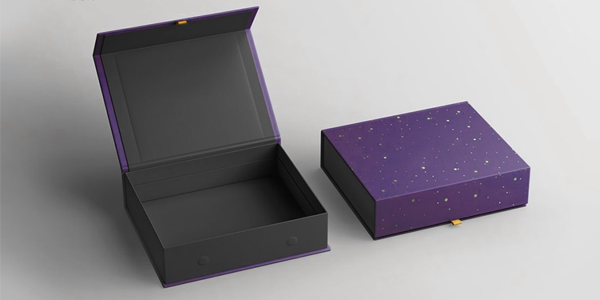
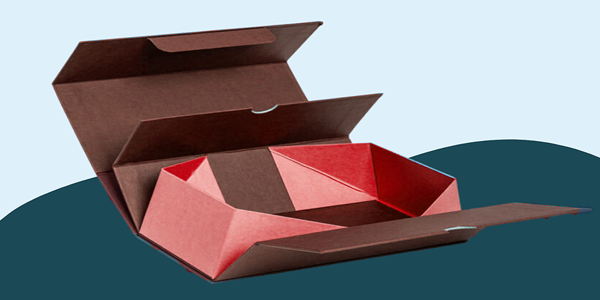
1. Strength & Durability
2. Customization
Greyboard is a rigid material that provides strength and excellent protection for packaged goods during transit and handling. It can withstand compression and other harsh elements, reducing the risk of damaging the box’s content.
These layered and glued grey chipboards are highly versatile and can be easily cut, scored, folded, and printed to create custom packaging solutions tailored to specific products and branding requirements.
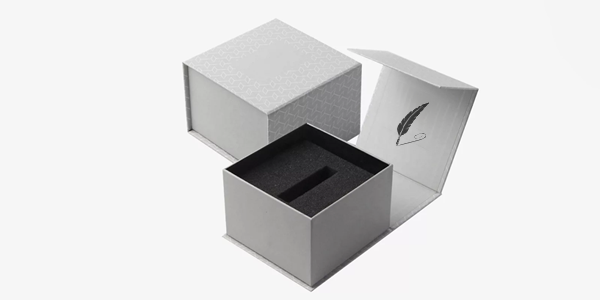
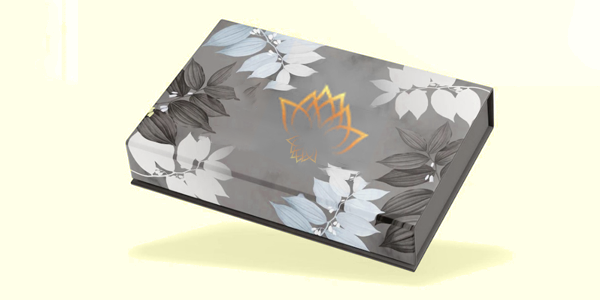
3. Sustainability
4. Versatility
Greyboards are flexible enough to be used for a variety of packaging applications, like boxes, inserts, dividers, and displays.
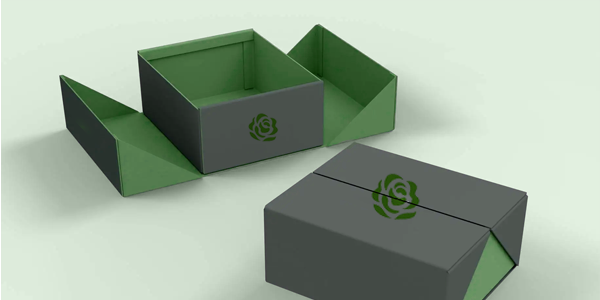
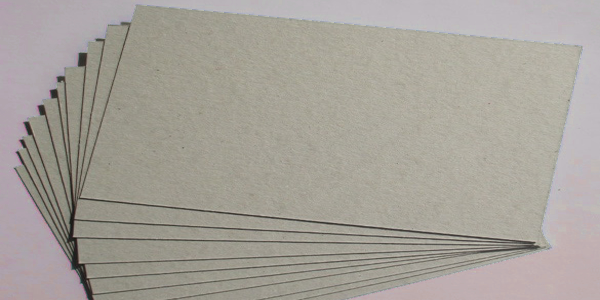
5. Printability
6. Lightweight
Despite being rigid, greyboard is lightweight compared to other materials and does not lose its ability to withstand heavy loads.
Types of Greyboards
Standard Greyboard
The most common type of greyboard is standard, usually used in its original form of grey. This board has a thickness of 1mm to 4mm or even thicker depending on the packaging application.
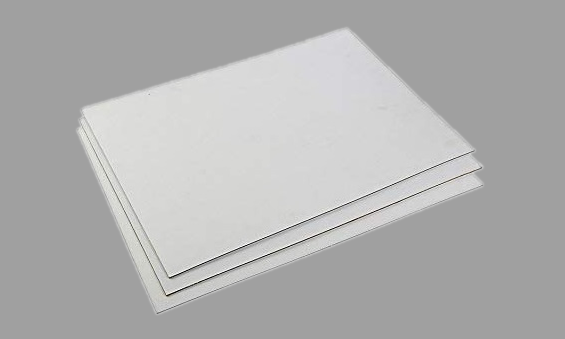
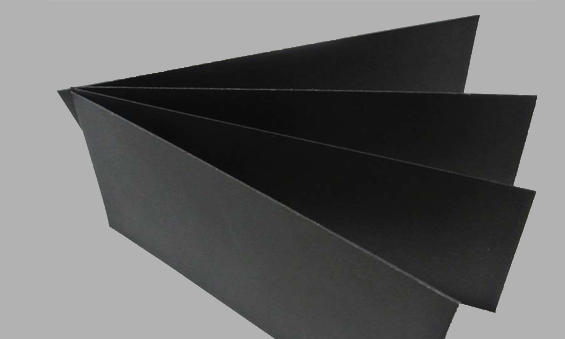
Black-Greyboard
As the name suggests, black-grey boards are used to package premium products. These are commonly used as gift boxes, high-end displays, and luxury packaging.
White-Greyboard
These grey boards are popular because of their clean and bright surface due to bleaching or sometimes coatings, and they are used in packaging that demands a high level of visual appeal, like cosmetics, jewellery, and
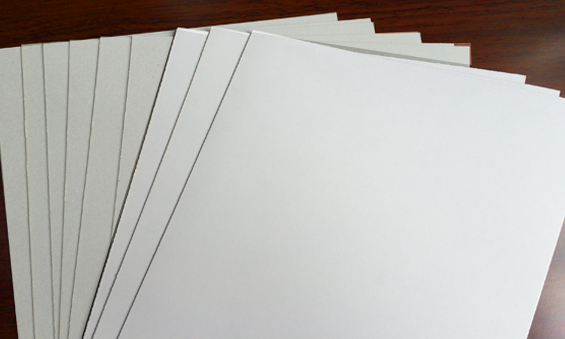
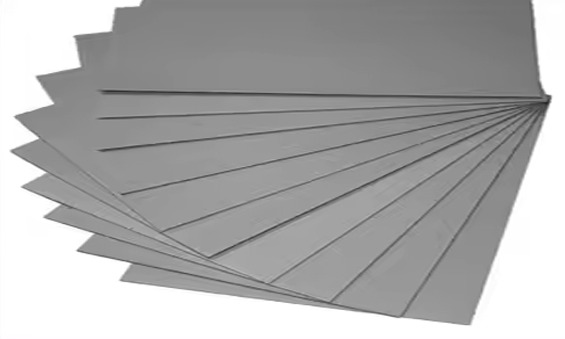
Single-Ply Greyboard
These boards consist of a single layer of compressed paper fibre bonded together. It is used where average rigidity is required, like book cover bindings or sometimes as a backing for posters.
Double-Ply Greyboard
Understandable by its name, double-ply comprises two layers of compressed paper fibres bonded together. Double the plies means more stiffness and durability, which makes it ideal for packaging and wrapping.
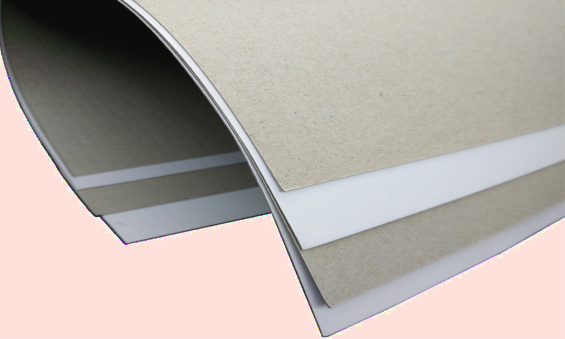
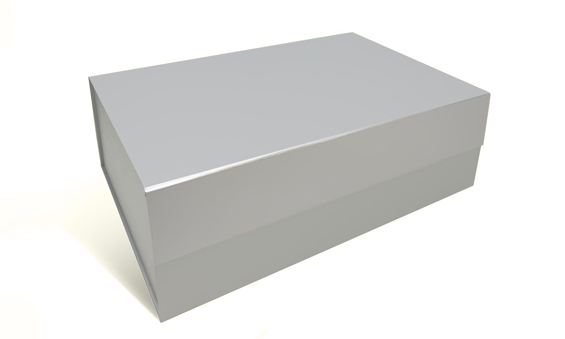
Laminated Greyboard
A laminated greyboard features one or more layers of paperboard laminated together with adhesives. This not only enhances its strength but also provides a smooth surface finish, making it ideal for premium
